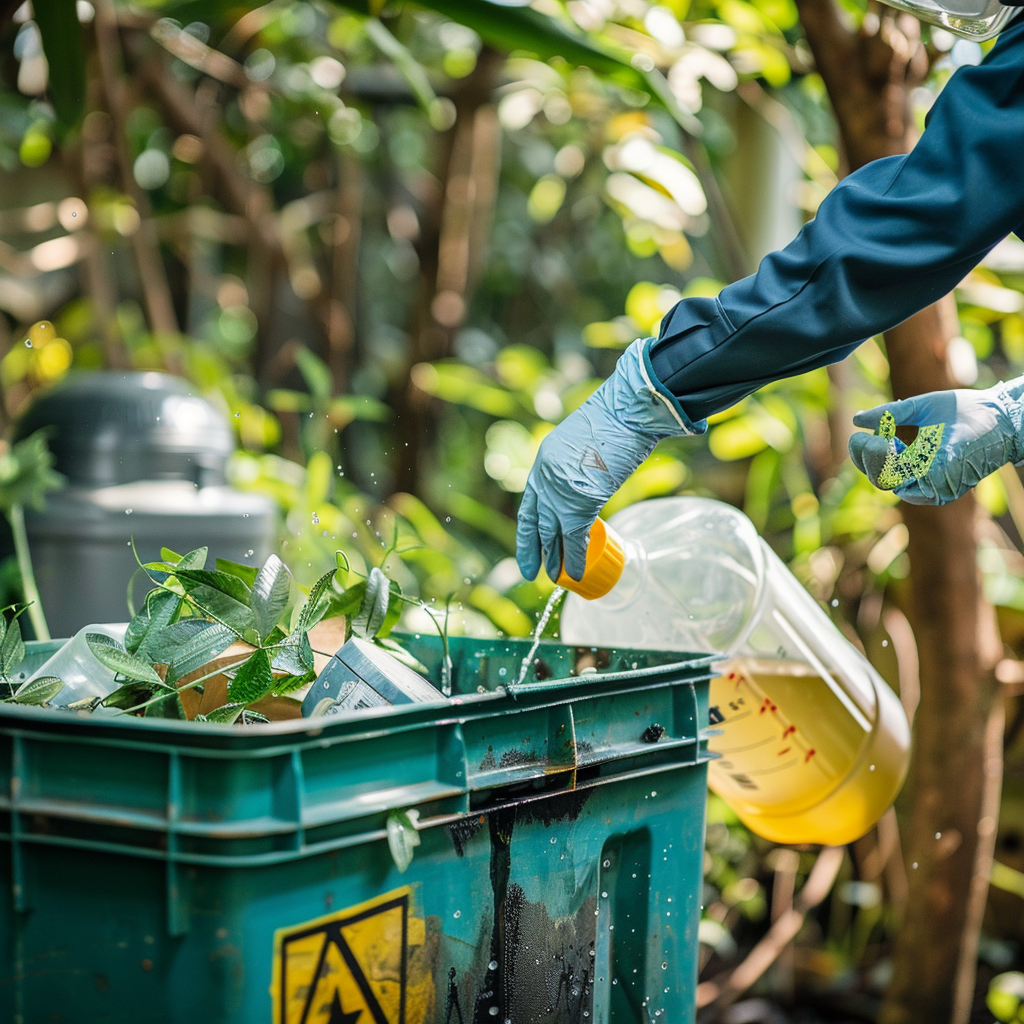Safe and Eco-Friendly Ways to Dispose of Brake Fluid
Proper disposal of brake fluid is crucial not just for vehicle functionality but also for environmental protection and personal safety. This blog post explores safe and eco-friendly methods to dispose of brake fluid.
Understanding Brake Fluid
Before diving into disposal methods, it’s important to understand what brake fluid is and why it requires special handling.
What is Brake Fluid?
Brake fluid is a type of hydraulic fluid used in hydraulic brake and clutch applications. It is responsible for transferring force into pressure and amplifying braking force. Brake fluid typically consists of:
- Glycol-ether-based fluids
- Mineral oil-based fluids
- Silicone-based fluids
Each type has different handling and disposal regulations. Consult your manufacturer’s guidelines to know which type of brake fluid you are dealing with.
Why Brake Fluid Needs Special Handling
Brake fluid is classified as hazardous waste. Improper disposal can lead to environmental contamination, posing threats to soil, groundwater, and ecosystems. For personal safety, brake fluid should never come into prolonged contact with your skin or eyes.
Safe Disposal Methods
There are several methods for safely disposing of brake fluid, each ensuring minimal impact on the environment.
Take It to a Recycling Center
One of the most eco-friendly ways to dispose of brake fluid is by taking it to a recycling center. Many facilities are equipped to handle hazardous materials and can recycle brake fluid responsibly.
- Find a local recycling center that accepts hazardous waste
- Transport the brake fluid in a sealed, labeled container
- Confirm if there’s a fee or any other requirements
Drop It Off at an Auto Repair Shop
Many auto repair shops accept used brake fluid and other hazardous materials for disposal. Mechanics are typically trained to handle these fluids safely.
- Call ahead to ensure the shop accepts brake fluid
- Transport the fluid in its original container if possible
- Follow any specific instructions provided by the shop
Contact Your Local Government
Local municipalities often have hazardous waste collection programs or designated disposal events. It’s a great way to responsibly get rid of brake fluid without major hassles.
- Check your local government’s website for information
- Find the next hazardous waste collection event
- Follow guidelines on how to transport and deliver the brake fluid
What NOT to Do
It’s equally important to be aware of what not to do when disposing of brake fluid.
Never Pour It Down the Drain
Pouring brake fluid down the sink or storm drain can lead to severe contamination of local water supplies and is illegal in many areas.
Avoid Mixing with Other Substances
Brake fluid should not be mixed with other automotive fluids like oil or antifreeze. Mixing can complicate disposal processes and heighten the risk of hazardous reactions.
Don’t Burn It
Never attempt to burn brake fluid. Not only is it highly flammable, but burning can also release toxic fumes harmful to the environment and human health.
Prevention Tips
Taking steps to minimize waste and manage brake fluid properly can go a long way.
Buy Only What You Need
Purchasing bulk quantities of brake fluid can be tempting but often results in excess waste. Always buy only as much as you need for the job.
Regular Vehicle Maintenance
Maintaining your vehicle can help reduce the frequency of brake fluid changes, consequently reducing the amount of waste generated.
Proper Storage
Store brake fluid in a cool, dry place away from sunlight and ignition sources. Ensure that the container is sealed tightly to prevent leaks or spills.
Conclusion
Disposing of brake fluid responsibly is not just a legal obligation but a moral one. It ensures the safety of our environment and personal health. Utilize recycling centers, auto repair shops, or municipal events to dispose of your brake fluid properly. Avoid practices that harm the environment and adhere to safe handling guidelines.
By following these eco-friendly methods, you’ll be taking important steps towards a more sustainable future. Let’s make conscientious choices to protect our planet.





